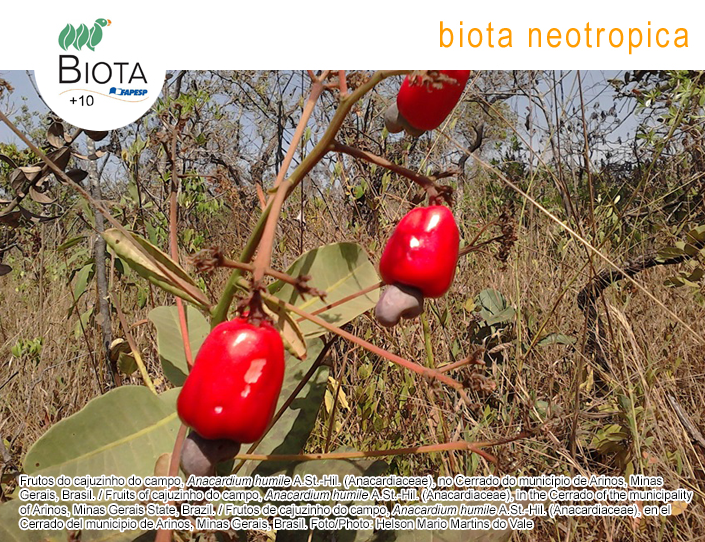Consequences of a new species and different stocks of Spiny Red Lobster in Brazil
Keywords:
Spiny lobster, genetic variability, fishing stocks, conservation measuresAbstract
Abstract: The Spiny Red Lobster has an important commercial role in Brazil. However, a downward trend in the production of lobsters due to overfishing has been observed and there is also a devaluation of the product in the international market due to the instability in the size pattern of lobsters commercialized. Here in Brazil we detected two issues regarding the Spiny Red Lobster: (1) According to recent studies, there are genetic and morphological differences between Caribbean and Brazilian populations, which may be considered different species and; (2) Current legislation, such as seasonal closures, does not consider the multiple probable stocks of the species, which have direct implications in management and conservation. Thus, the recognition of the Spiny Red Lobster from Brazil as Panulirus meripurpuratus and investments on population and biological research are essential to improve its management considering regional stock differences.Published
2021-01-01
How to Cite
Almeida, L. P. de, Silva, A. C. F., Hostim-Silva, M., & Santander-Neto, J. (2021). Consequences of a new species and different stocks of Spiny Red Lobster in Brazil. Biota Neotropica, 21(4). Retrieved from https://www.biotaneotropica.org.br/BN/article/view/1869
Issue
Section
Points of View
License
Copyright (c) 2021 Biota Neotropica

This work is licensed under a Creative Commons Attribution-NonCommercial 4.0 International License.
